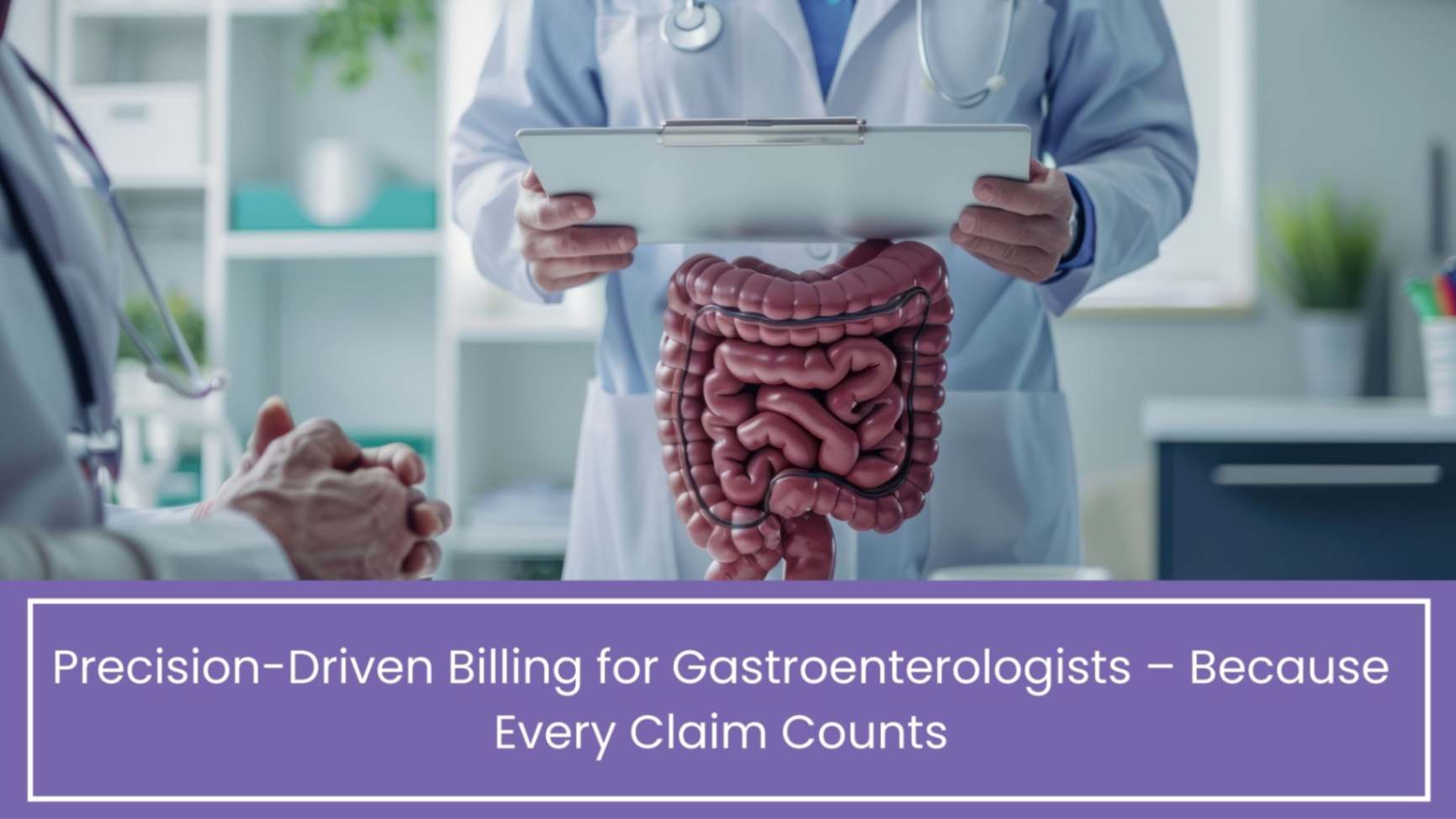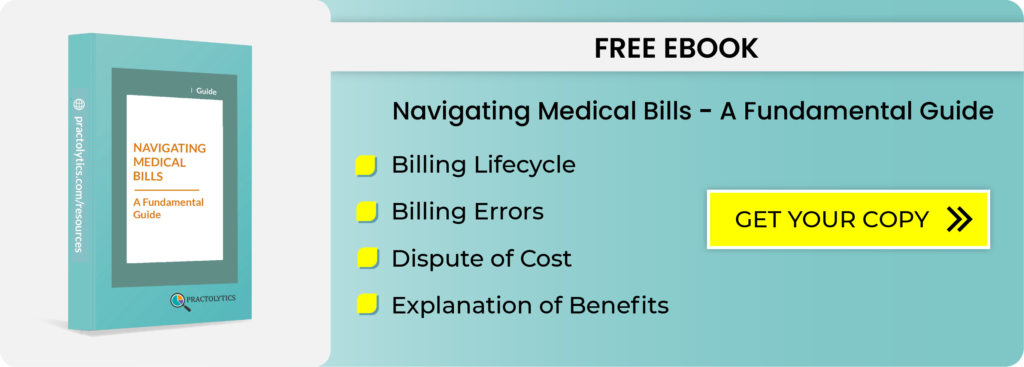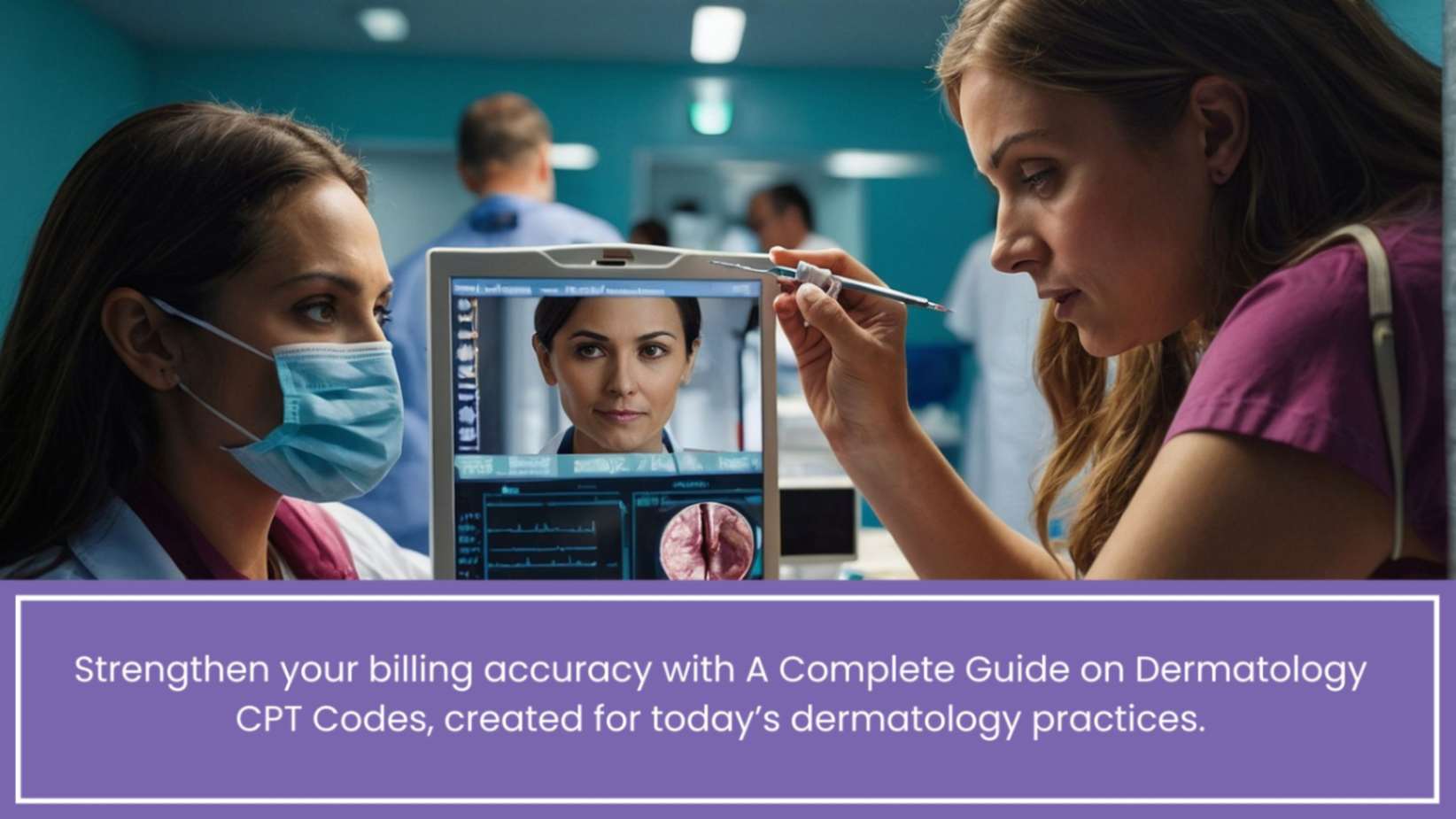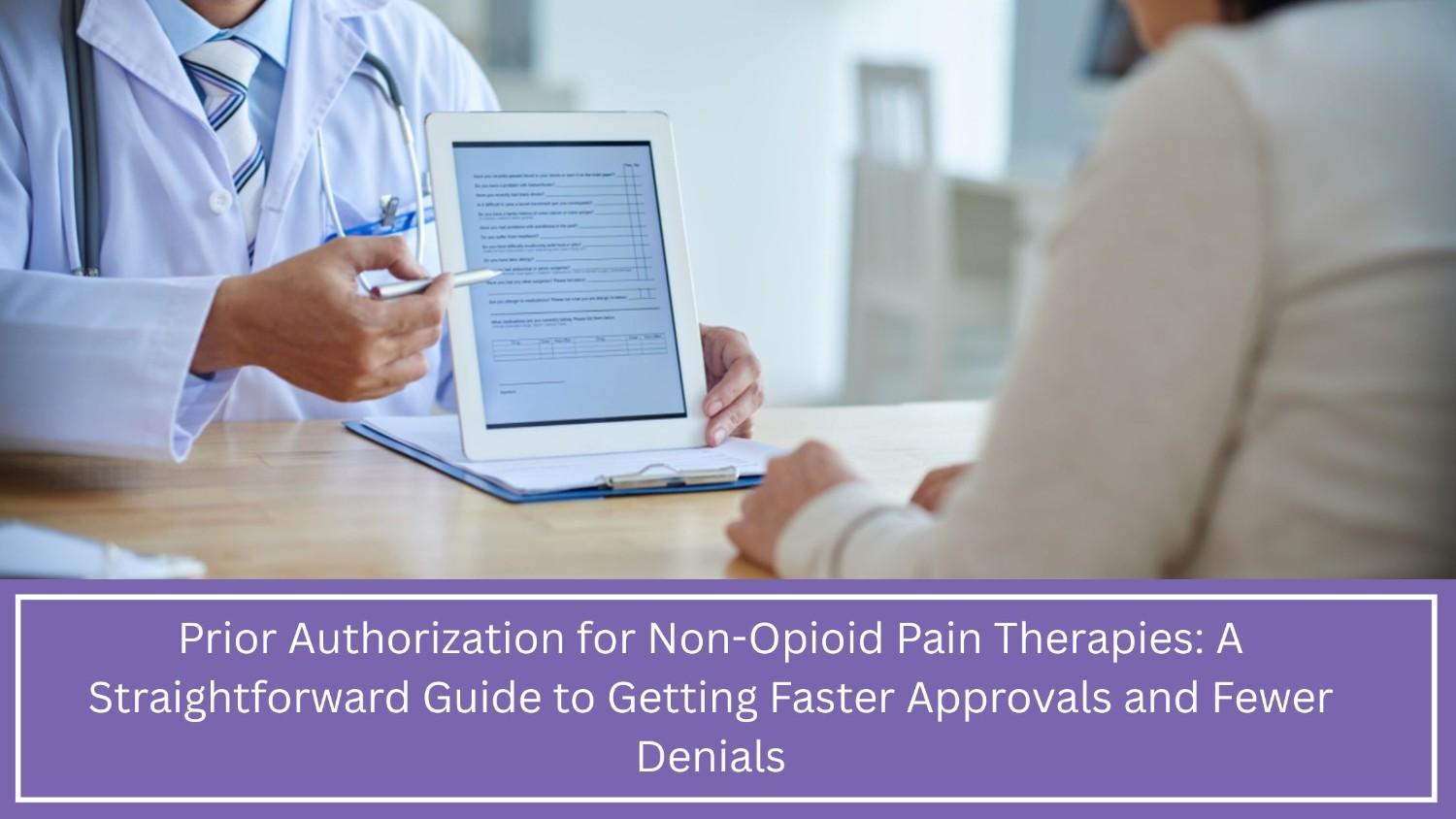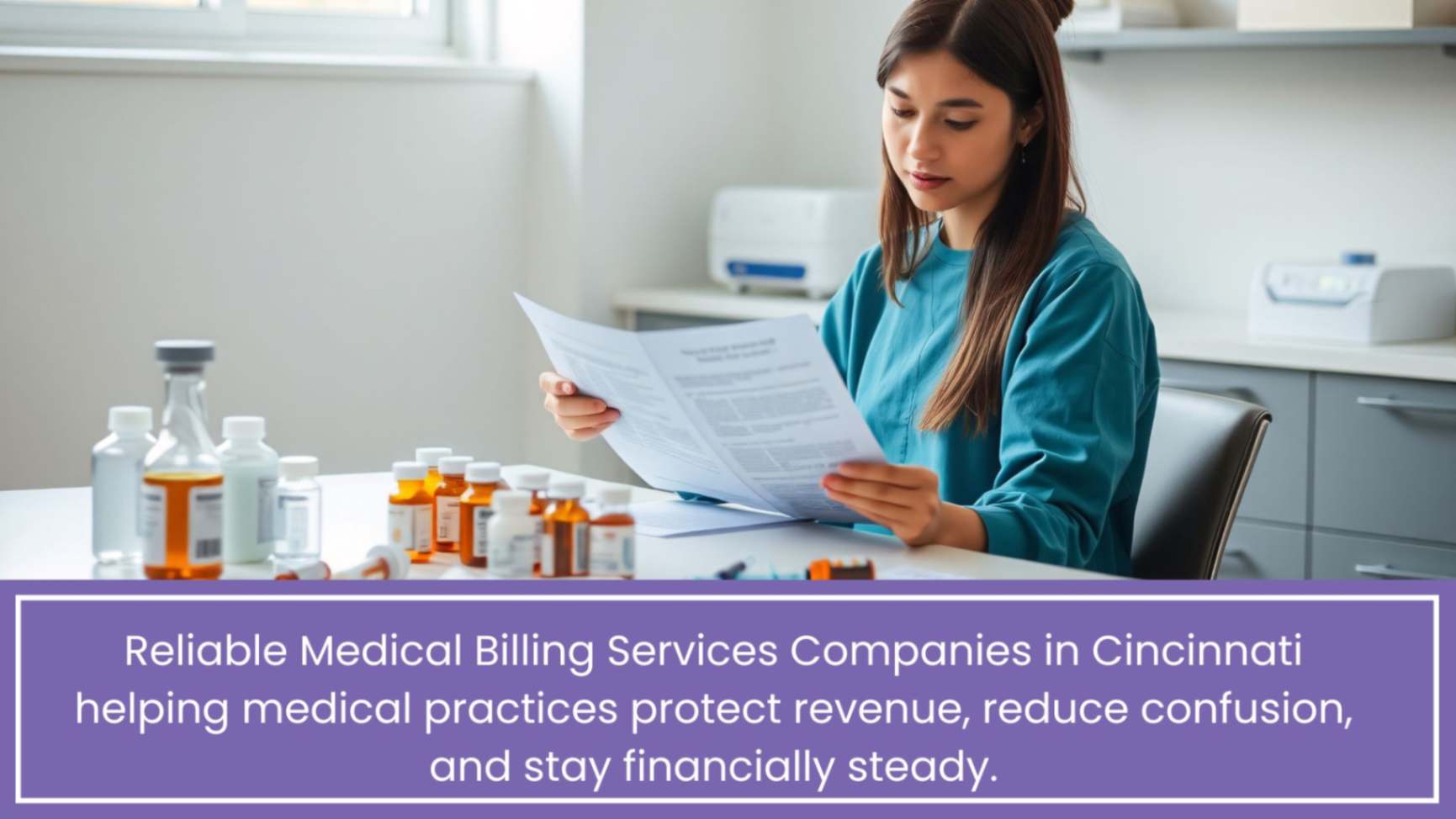Common codes Used in Gastroenterology Billing
A gastroenterology practice focuses on the health of its patients. It helps diagnose chronic diseases like Crohn’s disease and identify life-saving cancer tests. The clinical work is what makes a difference in patients’ lives. Medical billing is a complex process. It is an important task that happens behind the scenes. Accurate coding is essential for a good revenue cycle. A good revenue cycle is necessary for a GI practice to prosper.
Common codes used in gastroenterology billing, a single mistake in CPT and ICD-10 codes can result in claim denials, payment delays, and administrative problems. The intricacy of the codes may lead to mistakes. Translating doctor’s knowledge into understandable language for insurance companies is crucial. This process is more important than simply focusing on numbers.
This guide will walk you through the most common codes used in gastroenterology, from core procedures to the modifiers and diagnosis codes that make all the difference. Our goal is to demystify this process so your practice can focus on what it does best: providing exceptional patient care.
Table of Contents
CPT Codes for Core GI Procedures
CPT codes that specify the operations are crucial to the billing process. They are essential for gastroenterology billing. These are the cornerstones of your practice. They perform a variety of operations, ranging from straightforward endoscopies to complex ones.
Upper GI Procedures: Esophagogastroduodenoscopy (EGD)
EGDs are the bread and butter of many GI practices. This series describes the codes for endoscopic examinations of the stomach, duodenum, and esophagus. The codes are included in this series. Choosing the appropriate code is essential. It depends on the goal of the procedure.
- 43235 – Diagnostic EGD: This is the baseline code for a diagnostic EGD. It’s used when the physician performs a visual examination, and it includes the collection of specimens by brushing or washing, if done.
- 43239 – EGD with Biopsy: This is a step up from the diagnostic code. It’s used when one or more biopsies are taken during the procedure. It is employed in the diagnosis of conditions such as celiac disease, gastritis, and unexplained bleeding.
- 43251 – A doctor uses a snare to remove polyps or lesions. They use the therapeutic code EGD with Polyp/Lesion Removal (Snare Technique). It’s vital to document the method of removal.
Lower GI Procedures: Colonoscopy and Sigmoidoscopy
Cancer screening and the treatment of IBD depend on these treatments. These treatments are crucial for both.
- 45378 – A colonoscopy examines the entire colon without biopsies or therapeutic measures. This code is used for this type of procedure.
- 45380 – Colonoscopy with Biopsy: Just like the EGD code, this is used when a biopsy is taken during the colonoscopy. This is a high-volume code in many practices, used for diagnosing a wide range of conditions.
- 45385 – Colonoscopy is one of the most frequently performed procedures. The Snare Technique is a common method for removing polyps. It covers the removal of polyps using a snare technique. The position of the polyps must be accurately documented. The size of the polyps must also be accurately documented.
- 45330 – A diagnostic flexible sigmoidoscopy examines only the rectum and sigmoid colon. The other parts of the colon are not examined.
- 45331 – Flexible sigmoidoscopy is a procedure that involves a visual examination of the sigmoid colon. A biopsy is performed during this procedure, and the code is used to indicate this.
Complex Operations: Retrograde Endoscopic Cholangiopancreatography (ERCP)
Bile and pancreatic duct disorders are diagnosed. They are treated with ERCP, a specialized surgery. These procedures’ codes are often combined, covering multiple services. For example, a single code may encompass the therapeutic intervention, fluoroscopic guidance, and initial diagnostic procedures.
Crucial Role of Modifiers
Two-digit codes known as modifiers are used to add details to CPT codes. These modifiers provide more information about the services provided. The choice of modifier influences whether a claim is paid or denied. The type of modifier can affect the outcome of a claim.
- Physicians use modifier -26 to indicate they are billing for professional services only. This modifier distinguishes between professional services and the technical component of a procedure. These operations are common in hospital settings.
- When the same procedure is performed on both sides of the body, use Modifier -50 (Bilateral Procedure).
- A crucial modification was made to indicate a distinct and independent operation from another performed on the same day. This modification is called -59 (Distinct Procedural Service). For instance, modifier -59 might be required to indicate a distinct service if a doctor performs a colonoscopy and removes a stomach lesion using EGD on the same day.
- Modifier -33 (Preventive Services): This is essential for screening colonoscopies. When a patient comes in for a screening, but a polyp is found and removed, the procedure is no longer just a screening. Modifier -33 helps to inform the payer that the initial intent was for a preventive service. This can impact patient cost-sharing.
Why ICD-10 Codes and Medical Necessity
ICD-10 numbers describe the reason for a procedure. CPT codes describe the specific procedure performed. These are the diagnosis codes that must provide the medical necessity for every procedure.
Typical ICD-10 codes for a GI practice include:
K21.9: Esophagitis-free gastro-esophageal reflux disease (GERD).
K50.90: Unspecified Crohn’s disease with no consequences.
K58.9: Diarrhea-free irritable bowel syndrome (IBS).
Z12.11: Encounter for the purpose of screening for colon cancer.
Your ICD-10 code must be specific. It must also be backed up by the doctor’s records. An imprecise or undefined diagnosis can lead to a denial of coverage. The payer may question the medical necessity of the procedure due to the unclear diagnosis.
Best Practices for a Healthy Revenue Cycle Management
- Many operations require prior authorization. Always make sure that prior authorization is required, particularly for complicated procedures like ERCP or capsule endoscopy. A denial for “no pre-auth” is almost impossible to appeal.
- Detailed Documentation: The operative report is your best friend. You must provide detailed explanations for each code you bill. Each explanation should be clear and easy to understand. This covers the rationale for the process. It also details the precise results, methods used, and any interventions implemented.
- The world of coding is constantly evolving. CPT and ICD-10 codes are revised every year. Ensure your billing employees are knowledgeable. They should be aware of the most recent modifications and payer regulations.
- To identify and address code mistakes or documentation deficiencies, frequent medical billing audits are crucial. To stop problems from getting worse, these audits must to be carried out on a regular basis.
Conclusion:
Billing for gastroenterology can be difficult. However, it doesn’t have to be a source of continual anxiety. Your clinic can establish a solid revenue cycle. This can be accomplished by prioritizing accurate coding. It can also be accomplished by emphasizing comprehensive documentation and continuing education. Your billing procedure is the foundation of your practice. It enables you to deliver the highest caliber of service. One effective strategy for a successful practice is to become fluent in CPT and ICD-N numbers. This fluency will ensure clinical and financial success.
ALSO READ – Simplifying Revenue Management: How Medical Billing Services Empower Small Practices
Talk to Medical Billing Expert Today — Get a Free Demo Now!


